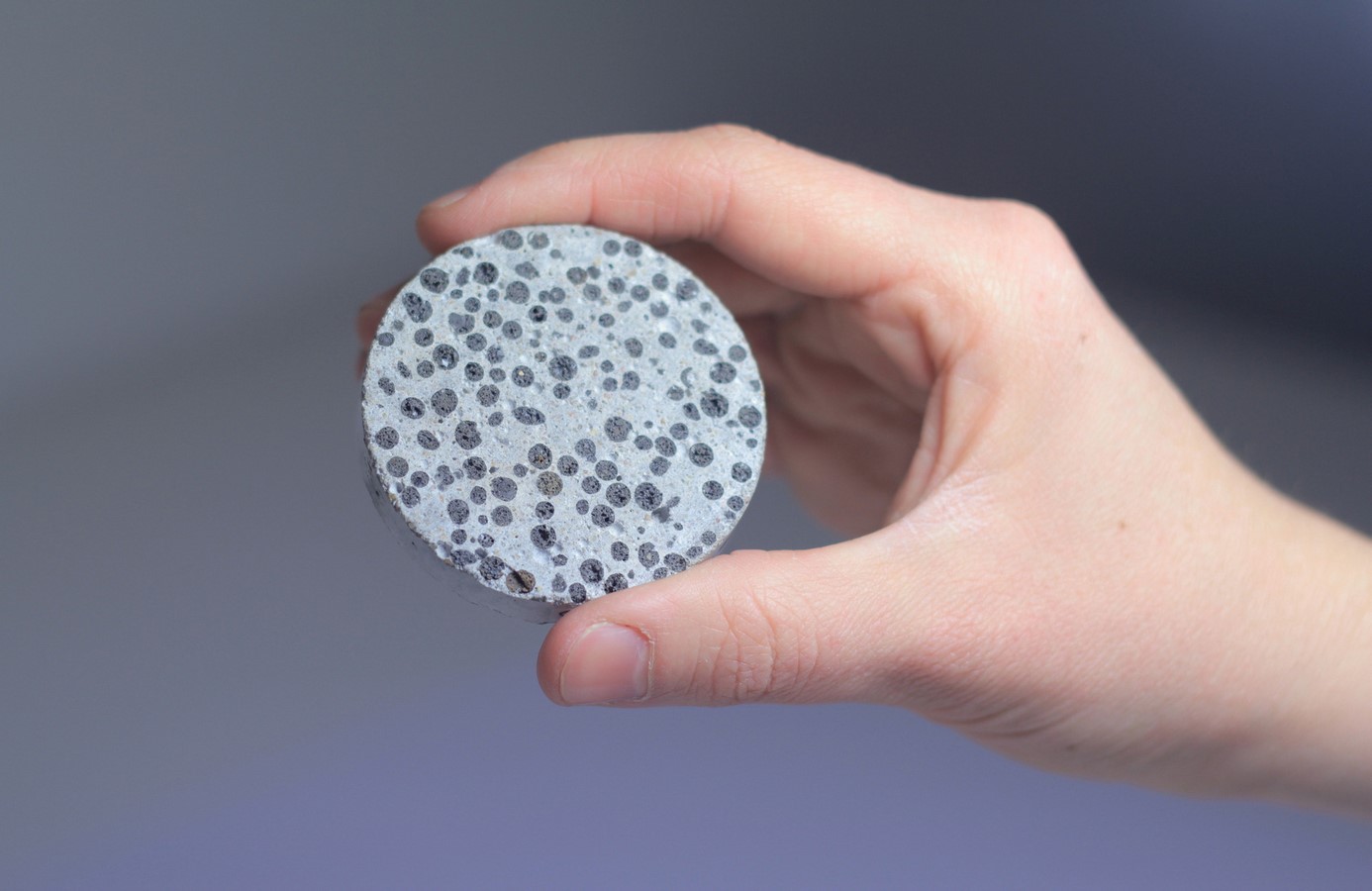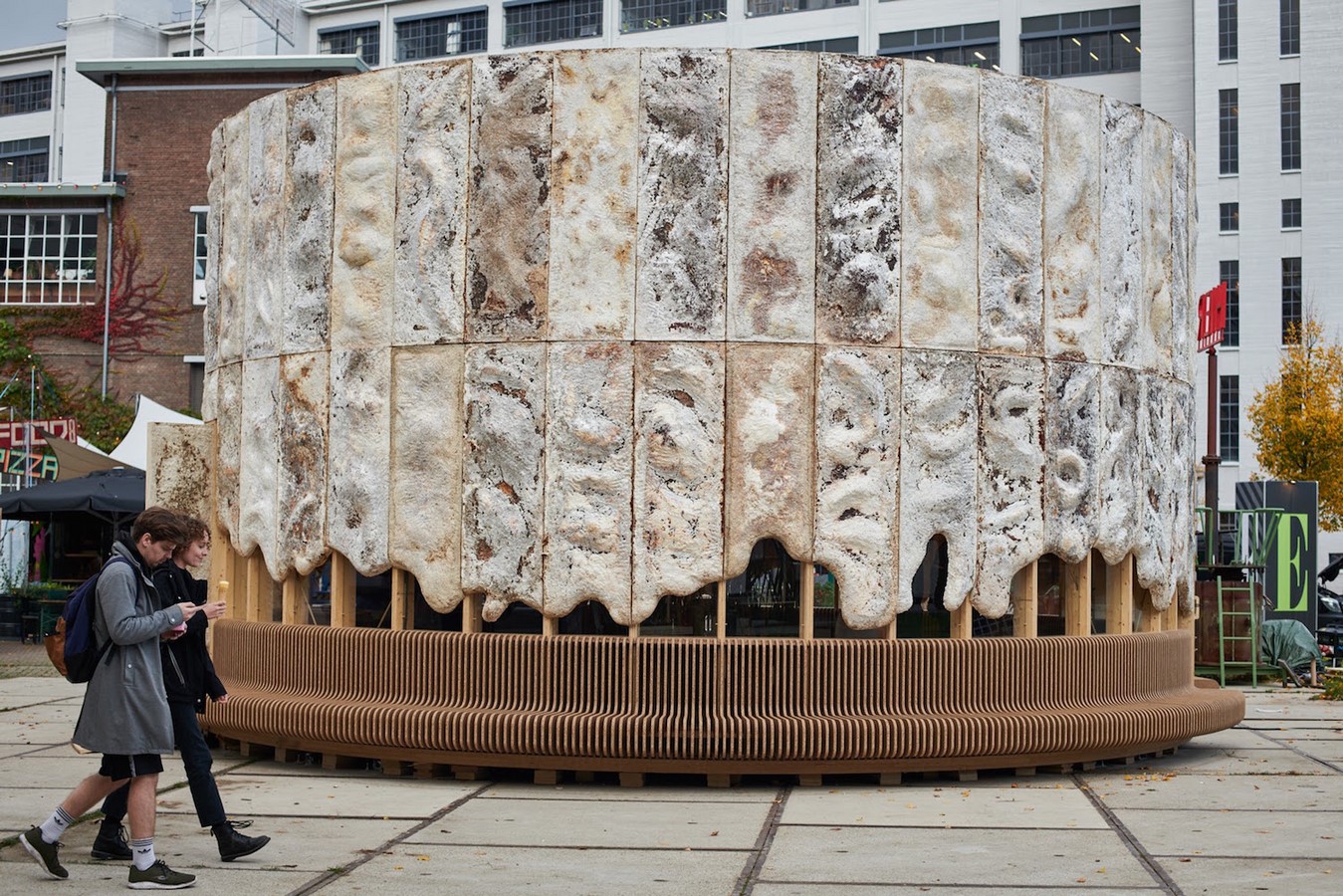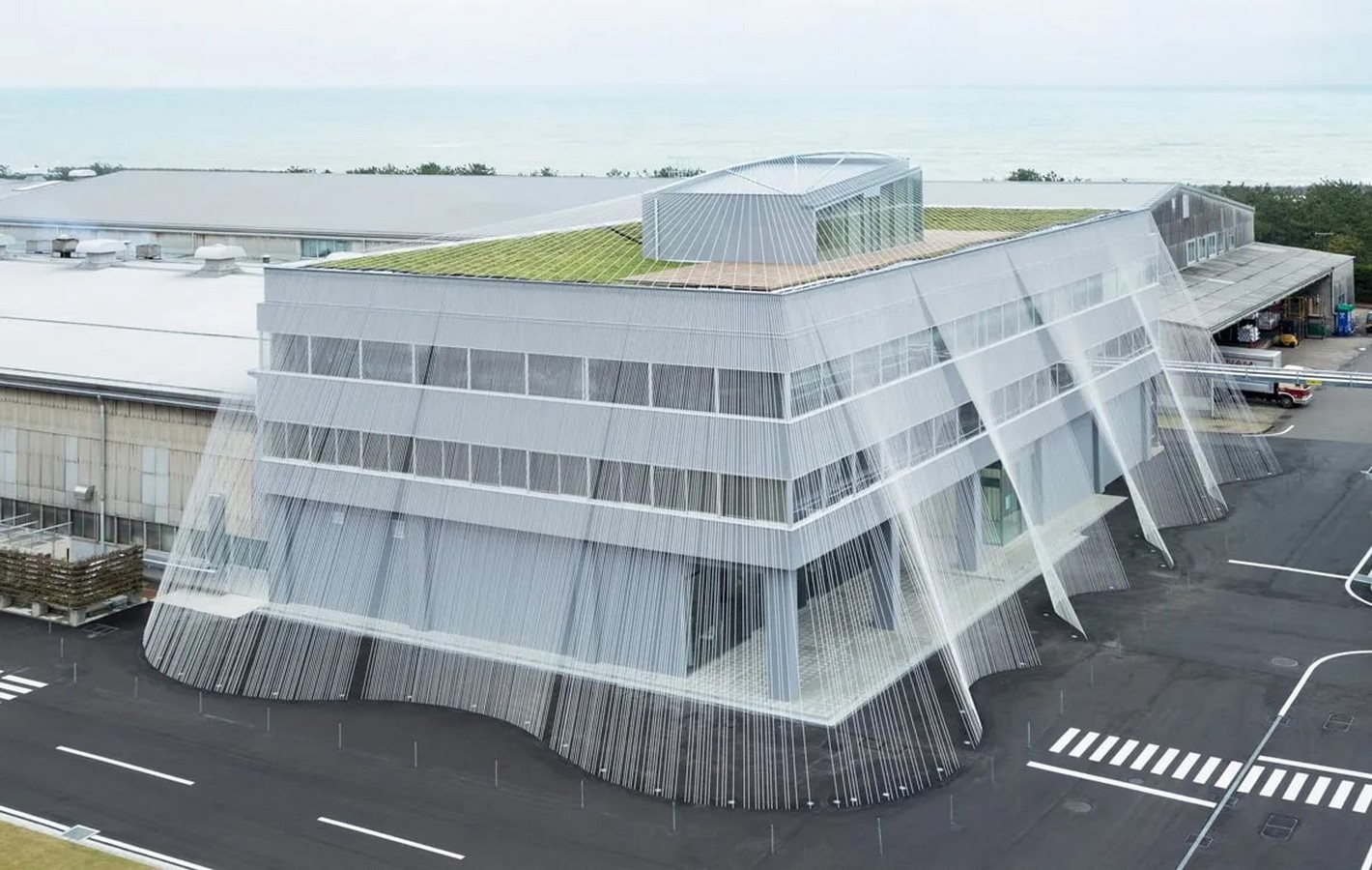Central to the study of architecture and design is an emphasis, exploration, and analysis of materials, materiality, and innovation in construction methods. The aforementioned are central themes, variables, and elements in terms of space creation and user experience, which is why an overall study is necessary when approaching materiality. Material considerations are often quite central to façade materialities as well. Furthermore, beyond factoring in design, materiality is a topic that often intersects with structural considerations- and so, a knowledge of the aforementioned is exceptionally important and relevant. Innovation in construction methods allows for newfound architectural experiences, pushing the barriers and borders of architecture and design.
At the forefront of explorations in innovative materiality is one of the most widely utilized materials: concrete. While traditionally reinforced concrete in and of itself was an innovative material during its genesis, its explorations in terms of application are still continuous. Concrete is renowned for its availability and affordability, rendering it a commonly examined and applied material- however, its prime issue includes its fracture formation. The most commonly cited innovative materials recently include “self-healing concrete”, which essentially solves the traditional issue of cracking associated with traditional concrete. Concrete is inherently durable and stable, and through the application of self-healing concrete, these characteristics may be made even more efficient.

Another commonly explored material is different variations and iterations of wood. Wood is one of the oldest building materials, in which its composition, form, and structure have been continuously reinvented throughout history. There has been a recent interest in the building material, notably considering sustainability trends in contemporary architecture- especially considering that wood is a carbon dioxide absorber. And so, as a building material, when sustainably and properly sourced, wood is associated with less greenhouse gas emissions.
And so, there are different innovative explorations within the realm of wood- the most popular of which include thermal wood. Thermal modification in wood allows for a decreased level of deformation in wood, allowing it to stabilize: “Thermally Modified Timber (TMT) is more stable and moisture resistant compared to untreated wood, reducing the risk of cracking and warping while maintaining its natural appearance” (Florian, 2023). This is particularly useful in outdoor spaces, “including resistance to warping, expansion, contraction, and damage from temperature and humidity variations” (Prieto, 2023).
Another innovation within the application and use of wood involves cross-laminated timber (CLT), which is essentially glued layers of lumber, allowing for a structurally sound application of wood. The wood can be both bearing and non-bearing, and this is a commonly applied material for tall skyscrapers. Wood’s lightness also allows for a structurally sound flexibility that is easily manipulated, however, CLT is generally more expensive than other commonly utilized building materials. Another variation includes translucent wood, as developed by Professor Lars Berglund from Stockholm’s KTH Royal Institute of Technology: “Ideally used to create windows and solar panels, translucent wood is created by first removing the lining in the wood veneer. The wood is then put through nanoscale tailoring which creates the translucent effect. Translucent wood has the potential to be mass-produced, offering a low-cost commercial resource” (Buildner).

Innovative materiality can extend beyond explorations of traditional materiality. A clear-cut example of this includes mycelium fungus, which is essentially a bio-material composed of different material materials- primarily fungus. Its unique characteristics include acoustic and thermal insulation, as well as a fire-resistant materiality. Its existence as a natural bio-material also allows for sustainable applications. However, as a material, it is not structurally sound per se, as it cannot carry much weight. Another example of explorative materiality includes aluminum foam, which is essentially porous sheets of aluminum panels- and the air is injected into molten, often recycled, aluminum. Thanks to its construction methodology, aluminum foam is thus a highly flexible, highly moldable material. Furthermore, the nature of aluminum allows it to be entirely recyclable as it can be constantly melted and reshaped. Aluminum foam is commonly applied in facades and modular fittings, in which applications “benefit from a lightweight structure, very high surface area, and from the nature-mimicking morphology of the rigid cellular structure” (Arga Aerospace). Another example of a non-traditional material that is quite innovative includes CABKOMA. Developed in Japan, a country known for its seismic activity, the innovative material is essentially a “thermoplastic carbon fiber composite” (TheArchSpace). Defined as the “world’s first antiseismic reinforcement structure using carbon fiber”, the material was designed by renowned architect Kengo Kuma. The material is structural and can handle high tensile loads, while also simultaneously being lightweight, durable, and, rust-free.

And so, considering the aforementioned, innovation in materiality is a large subset of architectural exploration as a whole. Furthermore, there are numerous other materials not yet explored in this reflection. It must be considered that innovation in materiality is not constrained to architectural typologies-, smaller-scaled, more design-centric projects are often the ones that provide material explorations, especially in the early stages of its development.
References:
ArchDaily. (2023). From Tradition to Innovation: How Modern Technologies are Transforming the Potential of Wood. [online] Available at: https://www.archdaily.com/1007164/from-tradition-to-innovation-how-modern-technologies-are-transforming-the-potential-of-wood?ad_campaign=normal-tag [Accessed 3 Oct. 2023].
Breeders, B. (n.d.). 5 Innovative Materials In Architecture Construction. [online] architecturecompetitions.com. Available at: https://architecturecompetitions.com/5-innovative-materials-in-architecture-construction.
ArchDaily. (2023). Thermally Modified Timber for Designing Indoor and Outdoor Spaces. [online] Available at: https://www.archdaily.com/1002029/thermally-modified-timber-for-designing-indoor-and-outdoor-spaces [Accessed 3 Oct. 2023].
ARCHSPACE, T. (2022). 8 Innovative Materials Used In Architecture. [online] thearchspace.com. Available at: https://thearchspace.com/8-innovative-materials-used-in-architecture/#3_Cabkoma [Accessed 3 Oct. 2023].
WTN. (2021). 10 Innovative Sustainable Materials in Architecture. [online] Available at: https://whereisthenorth.com/10-innovative-materials-in-architecture-that-help-better-the-environment/.
https://ergaerospace.com/. (n.d.). Aluminum Foam | Duocel Open Cell Foam | Aluminium Foam. [online] Available at: https://ergaerospace.com/aluminum-foam-cell-structure-material/.
https://www.komatsumatere.co.jp/cabkoma/en/. (2010). Future seismic reinforcement with consideration for aesthetic quality Thermoplastic carbon fiber composite CABKOMA. [online] Available at: https://www.komatsumatere.co.jp/cabkoma/en/.













